


Ce groupe de mots est important pour un chef militaire, le soldat avance marche fait la guerre mais il doit avoir le ventre plein et pouvoir bénéficier d'un endroit où il puisse se reposer.
La guerre des tranchées à compter de 1915 entraîne une stabilisation du front. Le soldat en première ligne creuse des abris qu'il aménage plus ou moins biens et l'arrière accueille des troupes nouvelles qu'il faut former et des troupes qui reviennent du front pour être mises au repos.
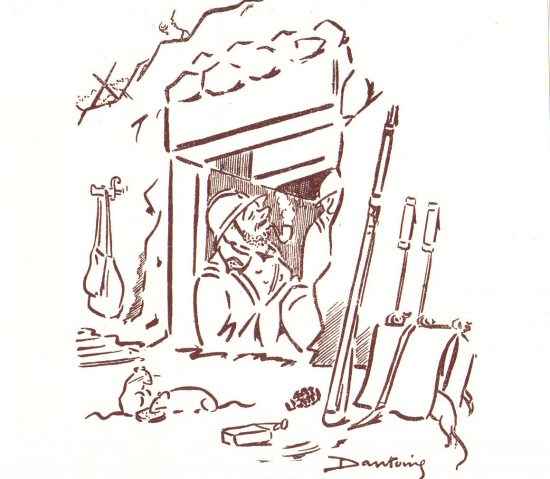 |
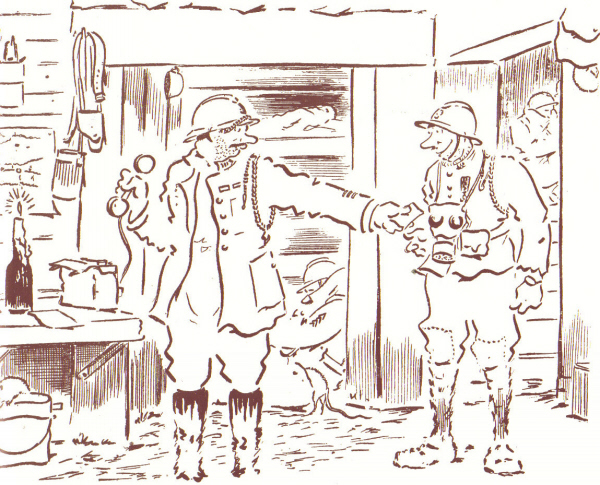 |
Mais comment héberger toutes ces troupes lorsque nous sommes en rase campagne et que les infrastructures manquent ?
Les réquisitions civiles ne peuvent suffire et les camps de toile c'est bien mais temporairement et surtout en été .Il faut donc trouver autre chose et c'est là qu'intervient le sous intendant Adrian
Mais qui était cet Adrian ?
Si le mot Adrian vous dit quelque chose vous avez raison. Le casque français de 1915 porte son nom.Adrian était né à Metz en 1859 et il est mort à Paris en 1933 il a été polytechnicien et durant la guerre dans l'arme du commissariat il permet l'adoption de deux éléments importants qui vont faciliter la vie des troupes
D'une part le casque dit Adrian en 1915. En fait ce casque avait été mis au point aux les usines Japy par un contremaître du nom de Lucien Kuhiv
Adrian fit aussi adopter les fameux baraquements qui porteront son nom.Déjà avant la guerre il avait proposé au commandement face à l'insuffisance des toiles de tente une baraque démontable qui avait été testé au Venezuela en 1913 Rapidement des baraques sont montées dans les camps militaires du Ruchard et de Souge.
En 1915 la première commande 100 baraques est passée
Elles ne vont servir à tout dortoir atelier et hôpital de campagne église salle de spectacle bâtiments pour les base aériennes.
Description.
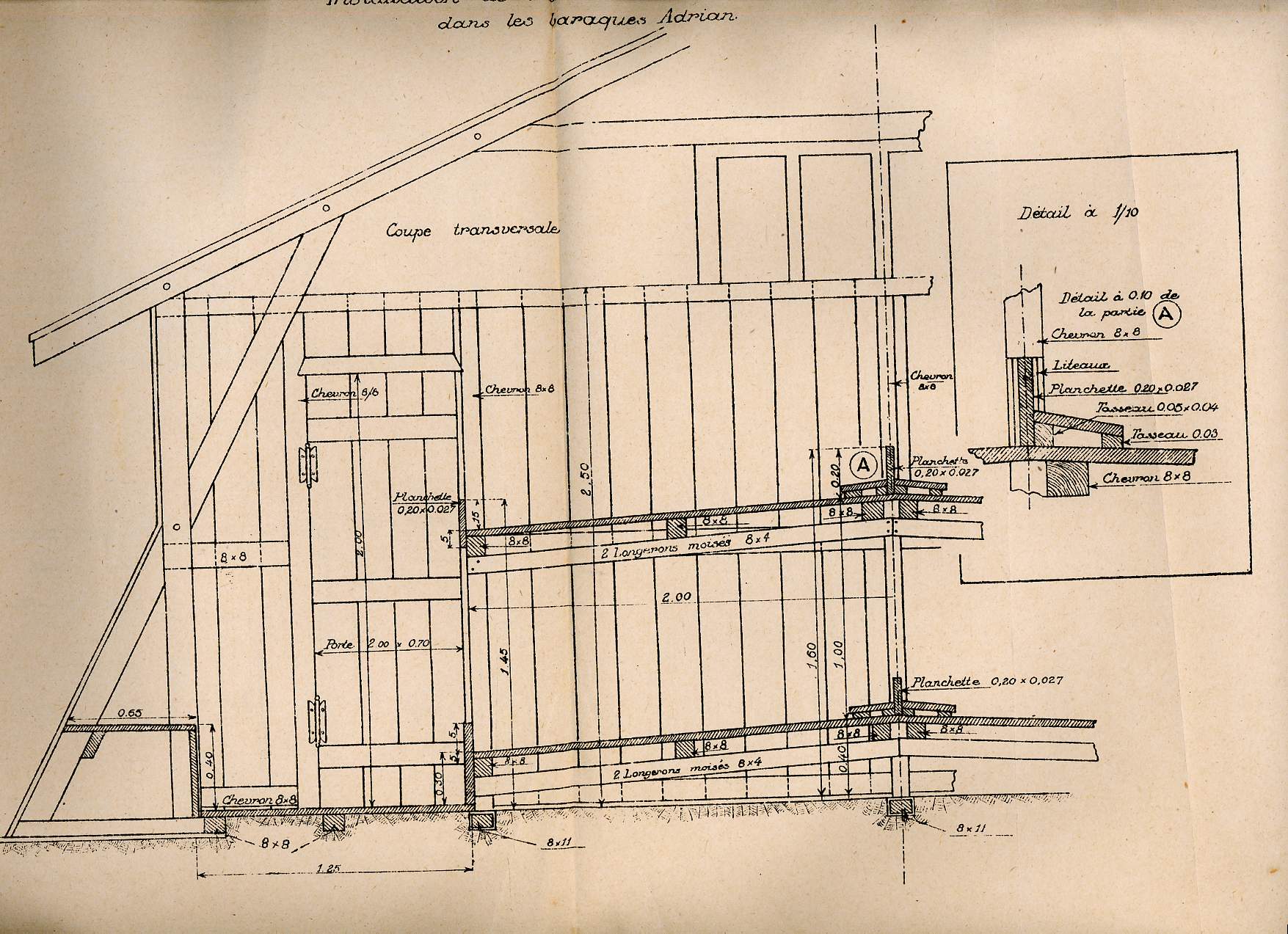 |
 |
C'est une baraque préfabriquée tout en bois longue de 30 m pour une largeur 2,50 mm
Le toit a une étanchéité assurée par des plaques de carton bitumé. Le bord des murs est protégé par un redan biseauté qui renvoie l'eau vers l'extérieur. Une baraque peut être transportée par deux wagons plats ou cinq camions et elle est montée en 48 heures par 4 hommes
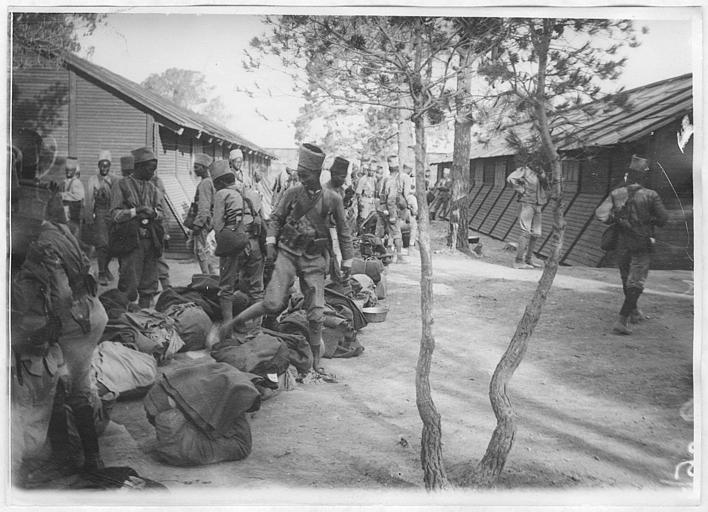 |
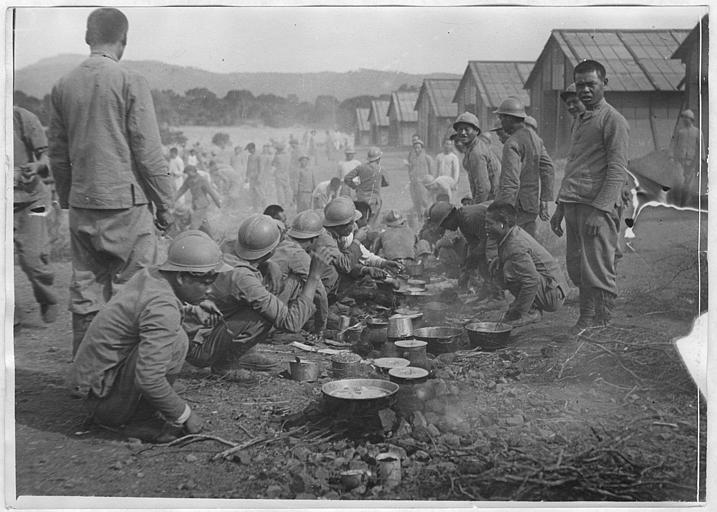 |
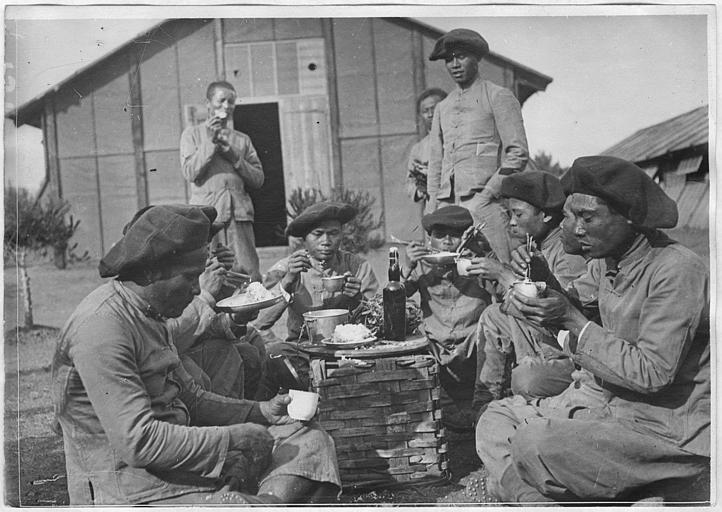 |
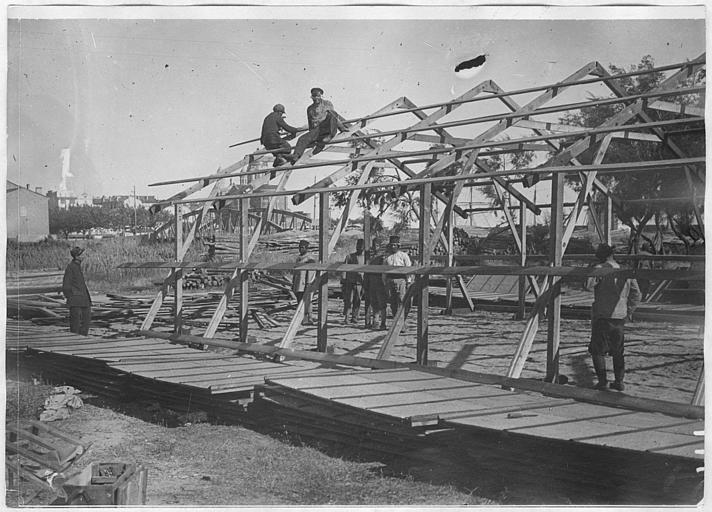 |
Voir Aussi See Also
Casque Adrian
Cuirasse Abdominale Adrian
Baraque Adrian Maquette
The warrior rest
This group of words is very important for a military commander because the soldier advance march makes war but it must have the full belly and have a place where he can rest.
The war of the trenches from 1915 leads to a stabilization of the front. The soldier on the frontline digging shelters landscape that more or less goods and at the rear of the front line arrive new troops for training and troops returning from the front line to be put to rest.
 |
 |
But how to accommodate all these troops when we are in open country and infrastructure missing?.
The civilian requisitions are not enough and tented camps is good but temporarily and especially in the summer. We must therefore find something else and that is at this point what the sub intendant Adrian intervene
But who was this Adrian?
If the word Adrian tells you something you're right. The french 1915 helmet bears his name.
Adrian was born in Metz in 1859 and died in Paris in 1933 it was polytechnician and during the war in the arms of the Intendance it allows the adoption of two important elements that will make life easier for troops
1st the helmet called nowv Adrian in 1915. In fact this helmet had been developed by Japy factories by a foreman named Lucien Kuhiv
2nd Adrian was also adopt the famous barracks which bear his name.
Even before the war he had proposed to the the high command to meet at the tents lack a shack that had been tested in Venezuela in 1913
Soon this shacks or barracks were assembled in military camps of Ruchard and Souge.
In 1915 it was ordered the lot for 100barracks
They will serve for barrackss workshop and field hospital church hall buildings and for Air force base.
Description
 |
 |
.
It is a prefabricated hut while wood-long 30 m wide for a 8.50 mm
The roof has a seal provided by slabs of cardboard tarred.
The board walls is protected by a redan beveled referring water outwards.
this barrack can be transported by two flat wagoons or five trucks and is mounted in 48 hours by 4 men
 |
 |
 |
 |